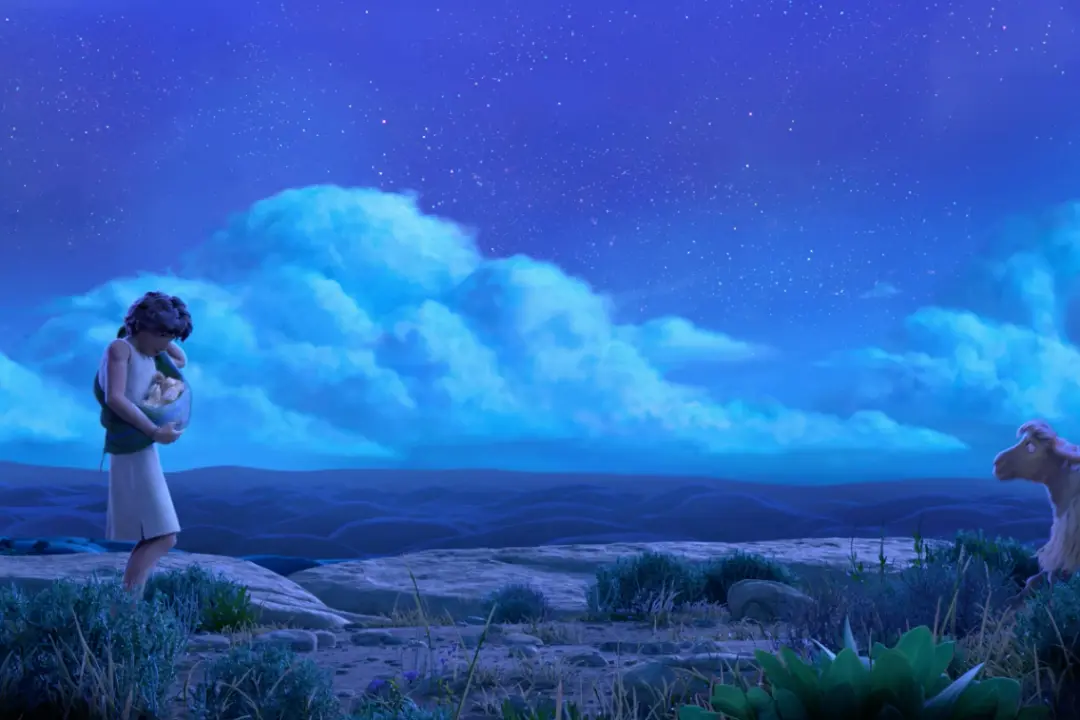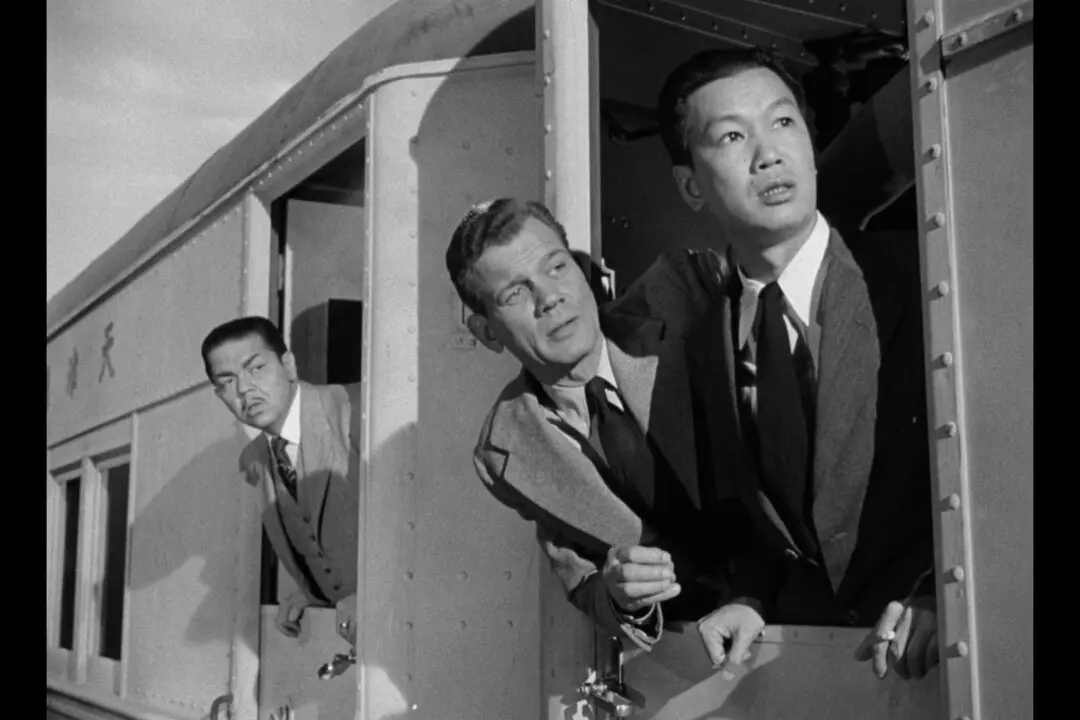NR | 34 min | Fantasy, Drama | 1957
Screenwriter-producer-director Albert Lamorisse’s short film is as diminutive as a child in the company of the most beloved films, many of which are over four times as long. Yet it packs in layers of meaning about the wonders of childhood, joy and sorrow, good and evil, life and death.




